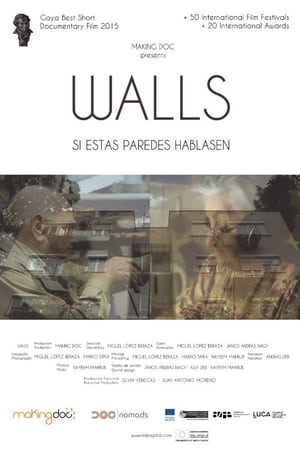Circle of Light

Circle of Light
HomePage
Overview
This film without words is composed of Pamela Bone's unique photograhic transparencies. Her talent has been said to 'push photography beyond its own limits, liberating it to the status of an entirely creative art form.' Inspired by nature, and being more responsive to feeling than to thought, Miss Bone has sought to express the mystery and beauty of the inner vision through photographic means alone: landscape has the quality of a dream; children on the sea-shore have a sense of their own enchantment, trees are forboding and strange when night moves in their arms. It took Miss Bone twenty years to find the right technique and so overcome the limitations that photography would impose.
Release Date
1972-06-01
Average
0
Rating:
0.0 startsTagline
Genres
Languages:
No LanguageKeywords
Similar Movies
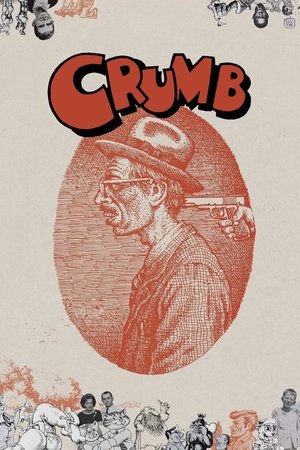 7.5
7.5Crumb(en)
This movie chronicles the life and times of R. Crumb. Robert Crumb is the cartoonist/artist who drew Keep On Truckin', Fritz the Cat, and played a major pioneering role in the genesis of underground comix. Through interviews with his mother, two brothers, wife, and ex-girlfriends, as well as selections from his vast quantity of graphic art, we are treated to a darkly comic ride through one man's subconscious mind.
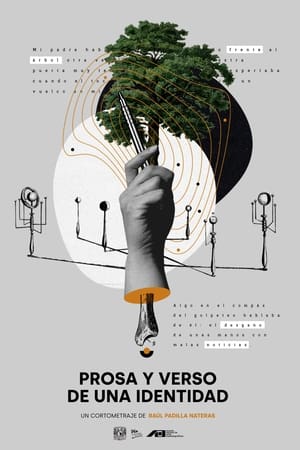 0.0
0.0Prosa y verso de una identidad(es)
A group of writers from Hidalgo get together to generate their works and create a community around literature.
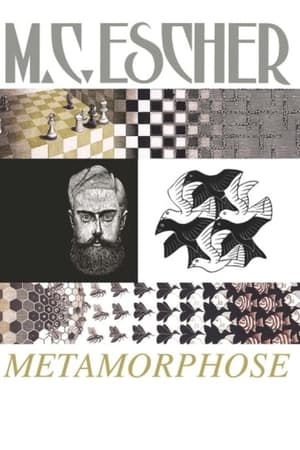 7.0
7.0Metamorphose: M.C. Escher, 1898-1972(en)
A documentary about the life and works of the artist M. C. Escher. Maurits Cornelis Escher (1898-1972) usually referred to as M. C. Escher, was a Dutch graphic artist. He is known for his often mathematically inspired woodcuts, lithographs, and mezzotints. These feature impossible constructions, explorations of infinity, architecture, and tessellations.
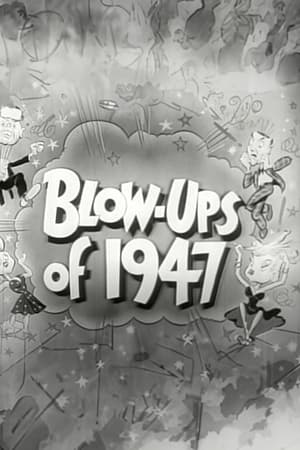 6.3
6.3Blow-Ups of 1947(en)
Flubs and bloopers that occurred on the set of some of the major Warner Bros. pictures of 1947.
Translating History to Screen(en)
Translating History to Screen (2008) Video Short - 10 June 2008 (USA)
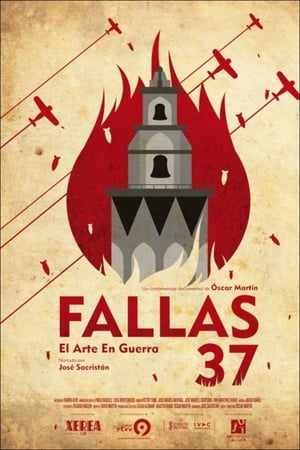 6.0
6.0Fallas 37: el arte en guerra(es)
In November 1936, a few months since the beginning of the Spanish Civil War, the government of the Second Republic moves to Valencia. In this situation, several Valencian artists and intellectuals decide to build four fallas — satirical plasterboard sculptures created to be burnt — to mock fascism.
 7.0
7.0Giger's Alien(en)
Documentary about Giger's work for the movie Alien (1979).
 0.0
0.0Stranger in the City(en)
Aspects of a London day, including prostitutes on street corners, a striptease show and the 2i's Coffee Bar.
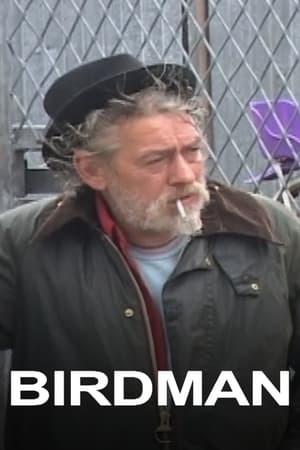 3.4
3.4Birdman(en)
A portrait of Robert, a troubled but poetic soul struggling with his purgatorial existence in a hackney scrapyard.
Careless Reef part 2: Abu Kiffan(en)
Abu Kiffan is the name of a reef near Safaga in Egypt. In the film we are drowned in sound, time slows down and we are given a closer look at what’s going on. Part two of Holthuis’ series Careless Reef, four films about the world under water.
 5.8
5.86-18-67(en)
6-18-67 is a short quasi-documentary film by George Lucas regarding the making of the Columbia film “Mackenna's Gold”. This non-story, non-character visual tone poem is made up of nature imagery, time-lapse photography, and the subtle sounds of the Arizona desert.
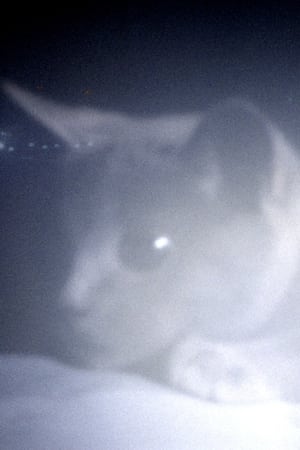 0.0
0.0Somos animales(es)
Tania and Cocteau, a cat that comes from the not too distant future, tell the story of the passage of animals through the world and their relationship with humans.
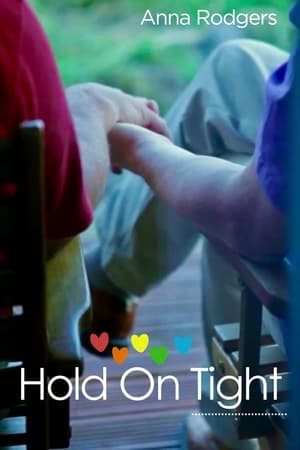 4.7
4.7Hold on Tight(en)
A short documentary exploring the ways LGBT couples show affection, and how small interactions like holding hands in public can carry, not only huge personal significance, but also the power to create social change.
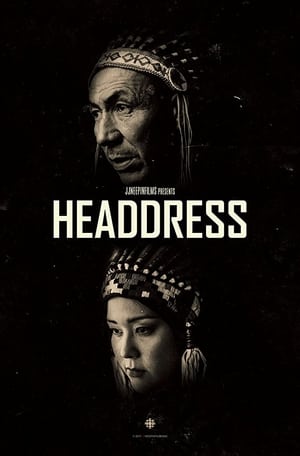 0.0
0.0Headdress(en)
For First Nations communities, the headdress bears significant meaning. It's a powerful symbol of hard-earned leadership and responsibility. As filmmaker JJ Neepin prepares to wear her grandfather's headdress for a photo shoot she reflects on lessons learned and the thoughtless ways in which the tradition has been misappropriated.
 5.8
5.8Ocean Wonderland 3D(en)
Shot on the Great Barrier Reef in Australia and in the Bahamas, Ocean Wonderland brings to you the amazing beauty of the many varieties of coral and the immense diversity of the marine life thriving there.
 0.0
0.0Don't You Feel Lovely Today(en)
Why wouldn't you? Is there any reason not to? We've got so much at our disposal, so, why don't you? Won't you tell me? Won't you please tell me? To have you down is simply unacceptable. Just look at this; or this; at all these hallmarks to guide you and convey to you the prime ways to feel lovely. Just follow them and you'll be set. So, I ask you again... Don't you feel lovely today?
 0.0
0.0Wrap de Perú(en)
He's hungry, and chances are you're also hungry, so tag along. Who knows, you might learn a thing or two.
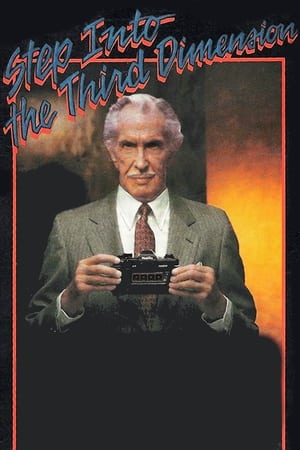 4.5
4.5Step Into the Third Dimension(en)
Nishika 3D cameras were the inexpensive cousins to the Nimslo 3D cameras made in the mid to late 1980's (the Nimslo cameras used glass lenses, while the Nishika ones used plastic lenses). The cameras used regular 35mm film that captured 4 simultaneous images onto 2 frames of film. These images were printed onto photo stock with a lenticular surface bonded to it which allowed 3D to be seen without glasses, like the old kids story books with the 3D covers. The basic 3D camera kit came with this VHS instructional video that was hosted by Vincent Price. It was one of the last things he did.
